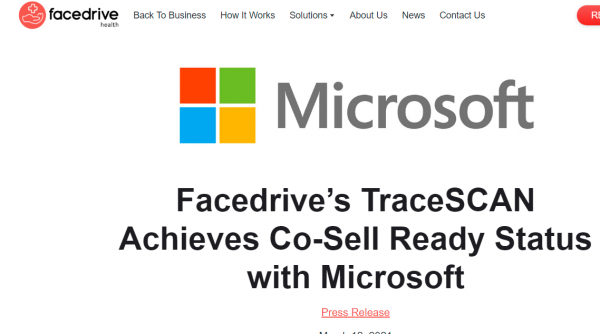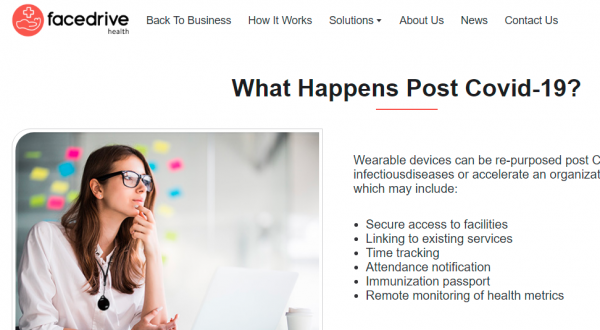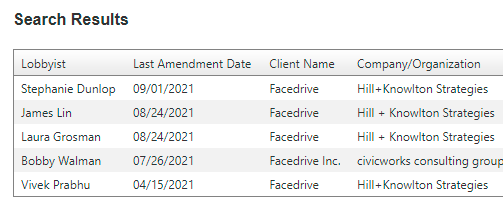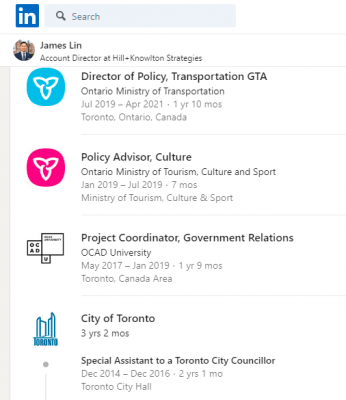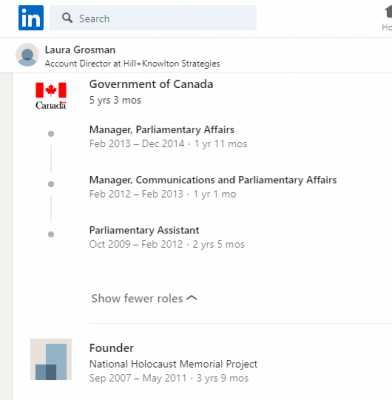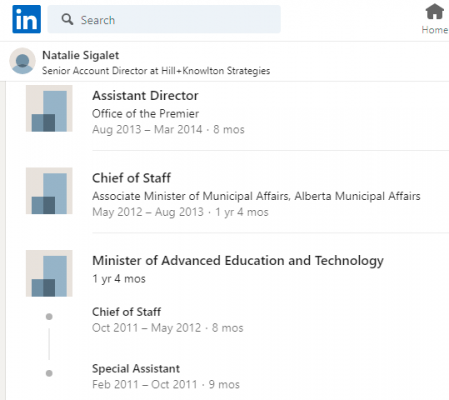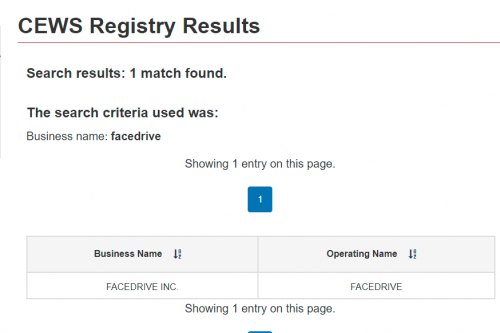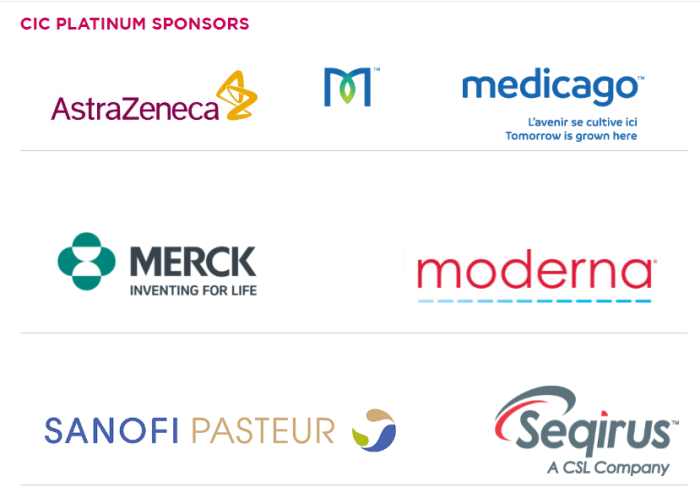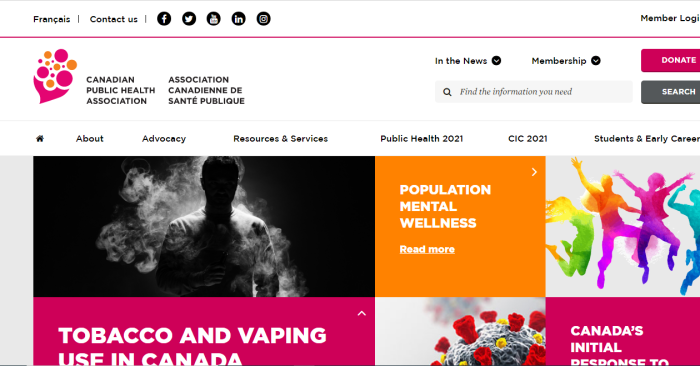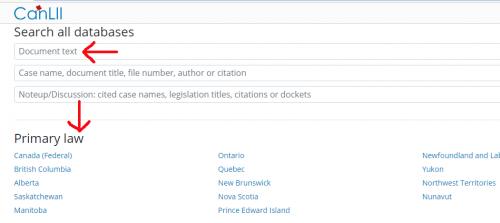
Some context for this piece: Bo is a high school student in Ontario. Her Dad (a friend of the site), arranged for this interview, and it ended up as a written conversation online. This was last night. Bo finds the school situation difficult to deal with, and accommodations less than satisfactory. She hopes that this is a way to get her story out to other people.
For obvious reasons, certain information has to be removed. We can’t have any doxing or harassment here. The talk is being reprinted with Bo’s permission.
[Canuck 18:56]
Alright.
Well, how are things going for you?
[Bo 18:57]
Well, school wise, not so great
[Canuck 18:57]
You’re still doing virtual?
[Bo 18:57]
Yea, I mean I don’t really want to be wearing a mask for partially the whole day
[Bo 18:58]
Considering that the admins do not let you switch to in-person back to virtual
[Bo 18:58]
If you’re doing in person, you’re doing that the whole semester or whole year
[Bo 18:58]
I don’t think I can tolerate a mask for that long
[Canuck 18:59]
Are they not concerned with the long term health effects of masks?
[Bo 19:00]
Doesn’t seem like from what I see, during meetings I can catch a glimpse at the class, whom were masks the entire period, not to mention while I was picking up textbooks at the high school I had heard a teacher remind kids who were outside at that time to keep their masks on
[Canuck 19:01]
Guess they aren’t all that convinced their vaccines actually work
[Bo 19:01]
They do small 5 minutes walks from time to time, one teacher records herself, and even outside during walks do they still wear masks
[Bo 19:01]
[In reply to Canuck]
haha I guess so
[Bo 19:02]
They do covid screening everyday
[Bo 19:02]
aka. Nose-rape
[Canuck 19:02]
Crazy, isn’t it?
[Bo 19:03]
I agree, and it’s pretty depressing for us virtual students even if there isn’t a lot of us
[Bo 19:03]
Not even half the class, or quarter of the class
[Bo 19:03]
At least 3 virtual students including me
[Bo 19:03]
On my second week period, I am the only one and you get pretty much ignored
[Canuck 19:04]
On purpose, or do they just forget about you?
[Bo 19:04]
or tossed aside at least, since you are at least importance, what will the teacher prefer, to focus on a class full of students or the lone virtual student
[Canuck 19:06]
They should try to make sure you’re able to learn. Being online doesn’t make you a “lesser” student
[Bo 19:07]
[In reply to Canuck]
I can’t really tell, but I mean, I’ve been forgotten, for example during business class last Friday, I was given a test to complete and I had a few questions regarding it, the teacher was there to answer them then later left, he gave 45 minutes for the test but I was there for a hour as I had several more questions to ask. After a hour, he came on the test I was still finishing and I asked him where did he go, class still had a hour and a half to go, he just told me ‘Oh, I guess the secondary/supply teacher didn’t open or join the meet’ oh, and just adding, the supply never joined the meet for the rest of the period and I just handed the test in
[Bo 19:08]
[In reply to Canuck]
Sadly, most teachers which is 3 of the 4 main ones consider or act like I’m a lesser student
[Bo 19:08]
There is only one notable teacher who at least tries to put effort in teaching virtual students
[Canuck 19:09]
If you don’t mind me asking, what classes do you have this semester?
[Bo 19:09]
Business, Science, History and Arts
[Canuck 19:09]
A good mix?
[Bo 19:10]
Ehh sorta, art teacher loves to assign too much work
[Bo 19:10]
11 detailed drawings, and one other assignment, all within 3 days
[Canuck 19:11]
wow
[Bo 19:11]
Not to mention all the overlapping work from other periods
[Bo 19:11]
I find art and science a bit hard for virtual, since I like doing things hands on sometimes, and I, myself am a visual learner, a lot of the teachers just read things and leave you to do the rest
[Bo 19:12]
Science, they do experiments which we can barely see due to the poor camera quality
[Canuck 19:12]
Watching a video isn’t really the same things as getting your hands dirty
[Bo 19:13]
Art, the teacher just gives a few examples to us online students, and shows the other in-person students how to do it herself right then and there
[Bo 19:14]
[In reply to Canuck]
That’s exactly what I mean
[Bo 19:15]
It’s quite unfortunate I will not be able to do my biology unit properly this year, they will be doing a dissection of a animal this semester, and I’m not sure how we would be able to participate
[Bo 19:15]
I don’t know
[Canuck 19:16]
What would you be dissecting? Rats? Fish? Lizards?
[Bo 19:17]
For now I’m not sure but the biology unit is next week and my teacher has hinted at a dissection of a animal
[Canuck 19:17]
ah
[Canuck 19:18]
How are your friends handling this? The masks, testing and vaxx can’t be easy on them.
[Bo 19:20]
The thing is now that you mention it, I don’t have a lot of friends anymore or so had much in the first place, those that I considered ‘friends’ weren’t to happy or keen about my decision on not taking the vaccine, some actually mocked me saying ‘What? Am I going to grow a extra limb or something’ even though I’ve never said anything about such things, I just kept my reasons private
[Bo 19:20]
A lot of people came to me saying they got the vaccine
[Bo 19:21]
My best friend which I’m surprised about hadn’t taken it, and in doing so, has been having a rough time
[Bo 19:21]
I know her for being a popular person in school, but now that I started getting on contact with her again she seems more depressed
[Bo 19:21]
stating that she cannot go anywhere and that majority of the time she is at home
[Canuck 19:21]
That’s really sad
[Bo 19:21]
Yea, but there isn’t much I can do
[Bo 19:22]
another thing to consider is, last year everyone did virtual, it was easier to make friends then and there
[Bo 19:22]
but now that there is barely anyone in virtual, that is no longer really a option for me
[Bo 19:22]
Majority of everyone I know do in person
[Bo 19:23]
It makes me feel a bit of sorrow knowing that I wouldn’t be able to experience school for awhile, or so even try making friends
[Bo 19:23]
seeing others enjoy their time at school makes me want to go, but I still have my reasons not to attend in-person
[Canuck 19:24]
I’m guessing masks/testing/vaxx play heavily into that decision
[Bo 19:25]
Yes it does, though another smaller reason is because of a health condition
[Canuck 19:26]
ah, okay
[Canuck 19:28]
(You may not know), but as for your teachers, do they actually believe in this, or are they just doing what they’re told?
[Canuck 19:29]
Do they believe in all these “health measures”?
[Bo 19:31]
I (Think) they do, I hear one asking the students all the time to social distance, keep their masks on, sanitize their hands etc. I’ve heard my science teacher say a couple of times though, that wearing a mask is such a pain due to it being hard to hear her, and harder for us virtual students, but I like to believe that they do believe in these health measures, but another part of me likes to believe that a few of them are only doing this because they are told to do so
[Bo 19:31]
I don’t think any sane person would wear a mask for a whole day almost
[Bo 19:32]
If they had a choice, I would bet a few of them would actually take it off, while the other half would keep it
[Bo 19:32]
Though, they themselves has gotten the vaccine, so I’m most leaning to the fact that they do believe in these health measures
[Canuck 19:33]
I see
[Canuck 19:35]
Interestingly, one would think that science teachers would think a little bit more.
The air you breathe is 21% oxygen, and if it dips under 19.5%, it’s considered a workplace hazard, according to OSHA in the U.S. A mask will make your O2 intake under 19.5% in under a minute
[Bo 19:36]
Jesus, well apparently I don’t think she knows that and probably would believe it ironically
[Bo 19:36]
wouldn’t*
[Canuck 19:38]
According to the Canadian Biosafety Handbook, section 9.1.6., unless you have your own supplied air source, masks would be useless anyway. It’s crazy how people just don’t ask questions
[Bo 19:38]
It’s the sad reality of things
[Canuck 19:39]
It is
[Bo 19:39]
I could challenge the teachers about this, but I’m afraid that they would disregard the messages, attempt to silence me etc.
[Canuck 19:39]
Do people think you are a conspiracy nut?
Canuck, [11.10.21 19:40]
(I get called one)
[Bo 19:41]
I think so or at least a couple, it’s funny as I said during virtual school, do I need a vaccine to go to school in public chat, and one of the 2 virtual kids went ‘What? you didn’t take the vaccine?, why?’ aggressively as if I attacked him, but I really do think people that know I haven’t taken the vaccine see me as conspiracy nut, although I’ve only once been called that directly
[Bo 19:41]
It’s more mocking type of stuff, like I said earlier a lot of people said ‘am i going to grow a extra limb or something lol’
[Canuck 19:42]
Well, what are your reason(s) for not taking it?
[Bo 19:46]
Well various, the vaccine isn’t fully tested, it was more rushed, my health condition, the fact that I still need to wear a mask after it, another fact on how it is being extremely forced, if you dont take the vaccine you arent allowed to go anywhere (Some countries, and from what a friend that lives in germany has said) can’t go on a plane, I am now seeing signs where you need proof of vaccination to enter stores, I find this really suspicious or weird, youtube disabling comments on covid information videos, and some that aren’t disabled, are flooded with comments against the vaccine, its just how it is being pushed
[Bo 19:46]
I dont recall any other major pandemic having forcing vaccines on people like this
Canuck, [Canuck 19:46]
All of which are reasonable concerns
[Bo 19:47]
Ah, as I thought
[Canuck 19:47]
Has your dad told you what happened to a few of our videos, from reading the product inserts?
[Bo 19:47]
Yea he has
[Bo 19:48]
Also, I may need to head off soon
[Canuck 19:48]
okay
Canuck, [11.10.21 19:49]
I guess the last thing: if there was something you really wanted people to know, what would it be?
[section redacted]
[Bo 19:58]
Whoa, thats interesting, I’ll consider that too, thank you very much
[Bo 19:59]
I have to head off now though, sorry
[Bo 20:00]
Alright thank you
The talk ended here. Anyhow, thank you to Bo and her Dad for setting this up. Hopefully, this will be heard be parents with similar concerns.

